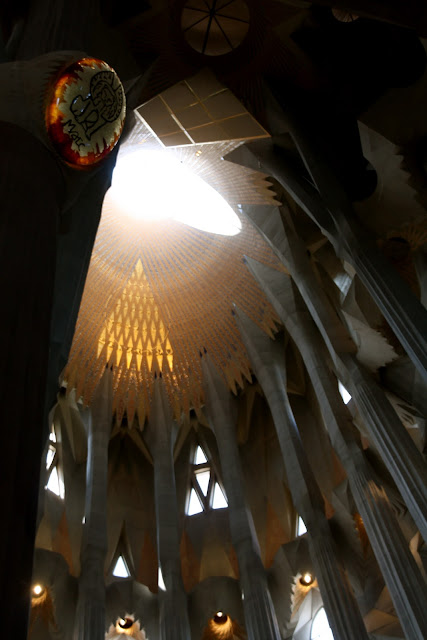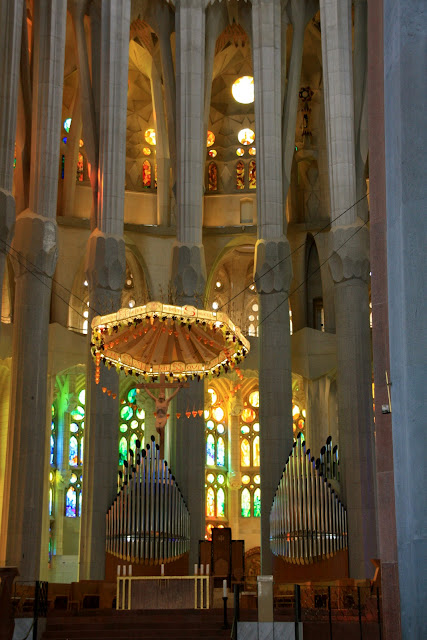I've been home from my trip for several months, and now that I'm back in my own kitchen, I've had fun trying to recreate some of the foods I tried while I was traveling. One of the tastiest and most memorable dishes I ate was a cabbage soup in a traditional restaurant in Bratislava, Slovakia. I visited Bratislava in September and the weather was still hot and humid, even after dark. The last thing I felt like eating was a steaming bowl of soup, but I had befriended a Brit who had been living in Slovakia for a decade, and he insisted that the cabbage soup was the single most unmissable dish in those parts.
Over time, I had learned to pay attention to that kind of advice, and I am so glad that I did! I wasn't at all sure what to expect--I had never heard of cabbage soup and was thinking that perhaps it would be some thin lettuce-y concoction, maybe in a chicken stock. My hopes were not high. I was totally surprised to be served a dish thick with beef and tomatoes that had a shocking spiciness. In fact, I had no idea that traditional foods from that part of the world are often very hot. Who knew???
The soup was out of this world--incredibly tasty, but almost painfully hot. When I came home, I scoured the internet for recipes and found that they were almost all some variation on the one below. I adjusted it so that it's still hot but edible (to my taste, at least). The recipe I'm printing below calls for an entire 2 ounce bottle of Tabasco sauce, which is about a third of the amount that the original recipes require. This way, you can still get a sense of the heat, and you can add more spice if you like. Also, if you spill, my variation of the recipe is slightly less likely to burn a hole through your countertop. :) Either way, I have found my new go-to soup for when I have a cold--this is delicious and it is guaranteed to clear the sinuses! Beware, though--it makes enough to feed an army. Next week, I'll post my recipe for homemade panna cotta, which I loved in Italy. :)
Cabbage Soup
2 pounds beef soup bones
1 cup chopped onion
3 carrots, pared and chopped
1 bay leaf
2 pounds beef short ribs
1 teaspoon dried thyme
1/2 teaspoon paprika
8 cups water
8 cups cabbage, chopped (for reference, I used a medium head of cabbage and had way more than 8 cups)
2 1-pound cans of whole, peeled tomatoes
2 teaspoons salt (you might want to go easy on this--I did)
2 to 6 ounces of Tabasco sauce, depending on taste
1/4 cup chopped flat-leaf parsley
3 tablespoons lemon juice
3 tablespoons sugar
1 15-ounce can of sauerkraut
Place beef bones, onion, carrots, garlic, bay leaf, and short ribs in a roasting pan. Sprinkle with thyme and paprika. Roast uncovered at 450 degrees for 20-30 minutes or until meat is brown. Transfer meat and vegetables into a large kettle. Using a small amount of water, scrape the roasting pan bits into the kettle. Add water, cabbage, tomatoes, salt, and Tabasco. Bring to a boil, then cover and simmer for 90 minutes. Skim off any fat. Add parsley, lemon juice, sugar, and sauerkraut. Cook uncovered for another hour. Remove the bones and short ribs from the kettle and let them cool slightly. Remove the meat from the bones and cut the meat into cubes. Return the meat to the kettle and cook for another 5 minutes. Makes 12 servings.

















































